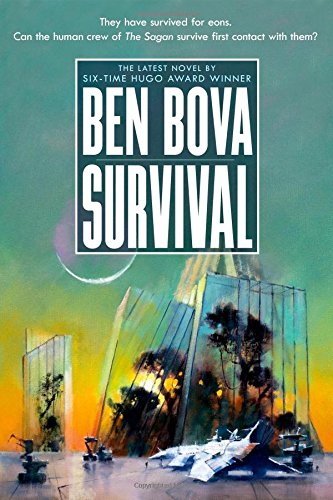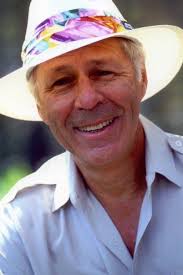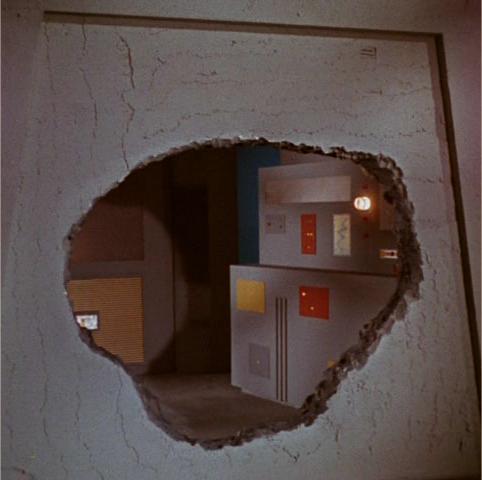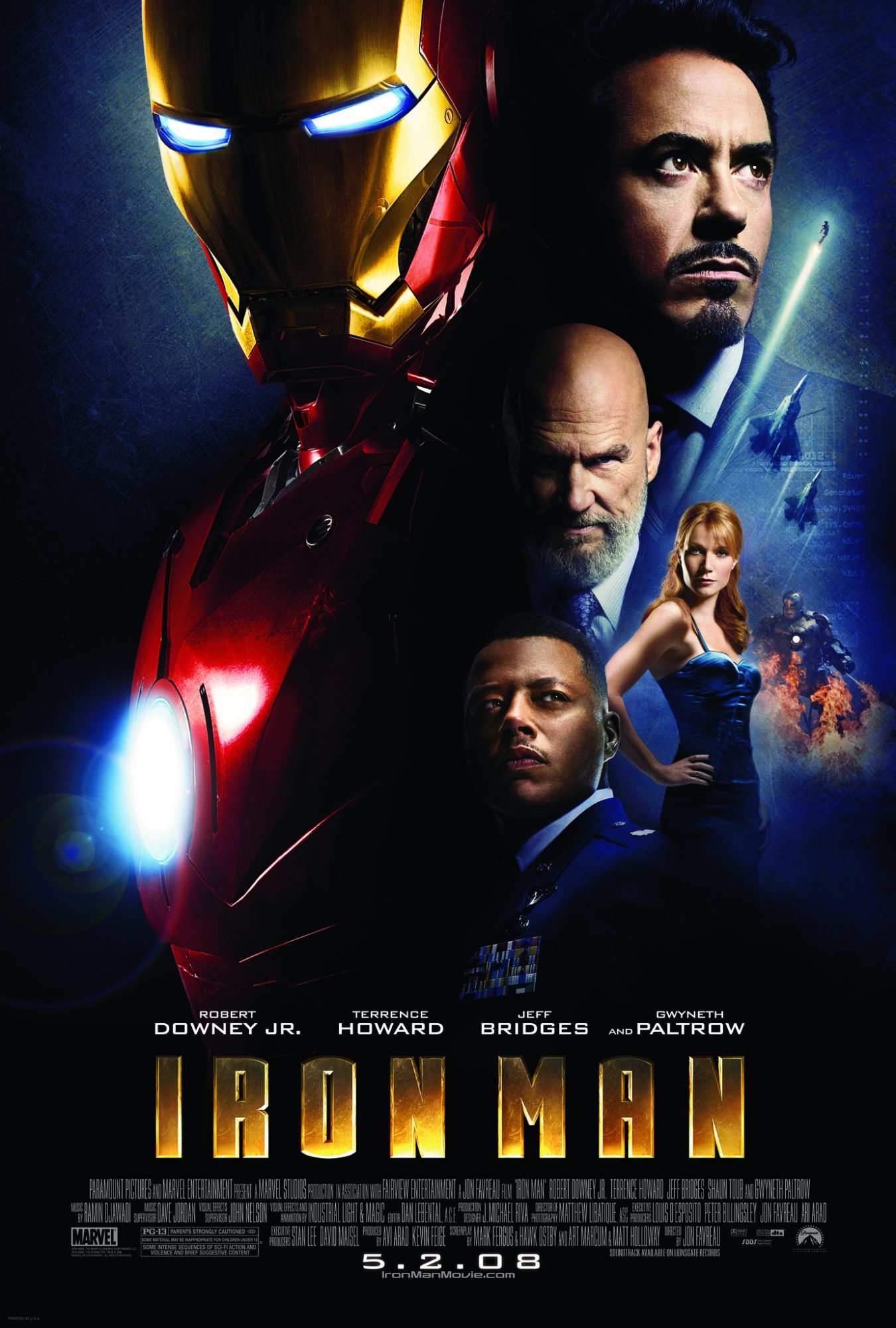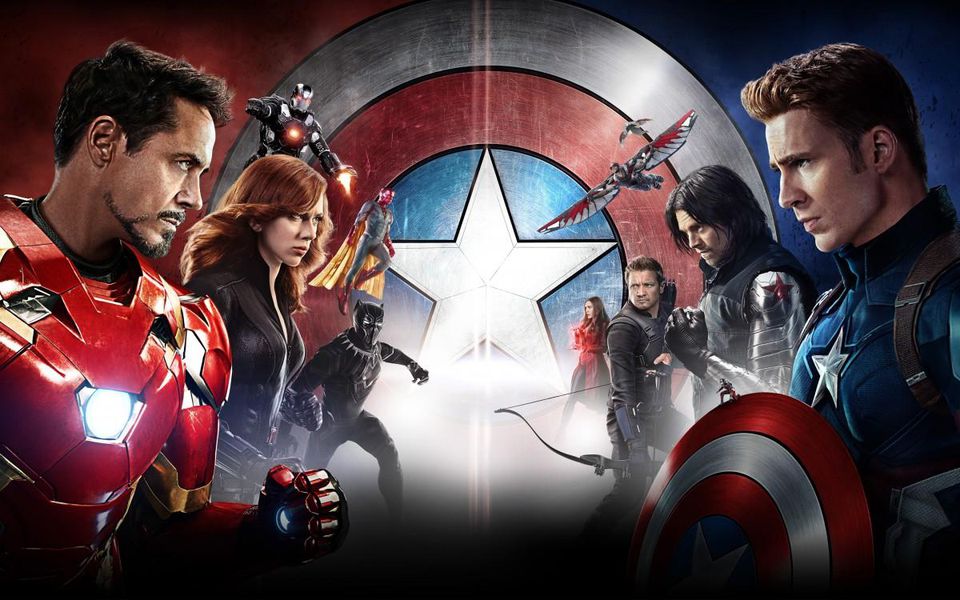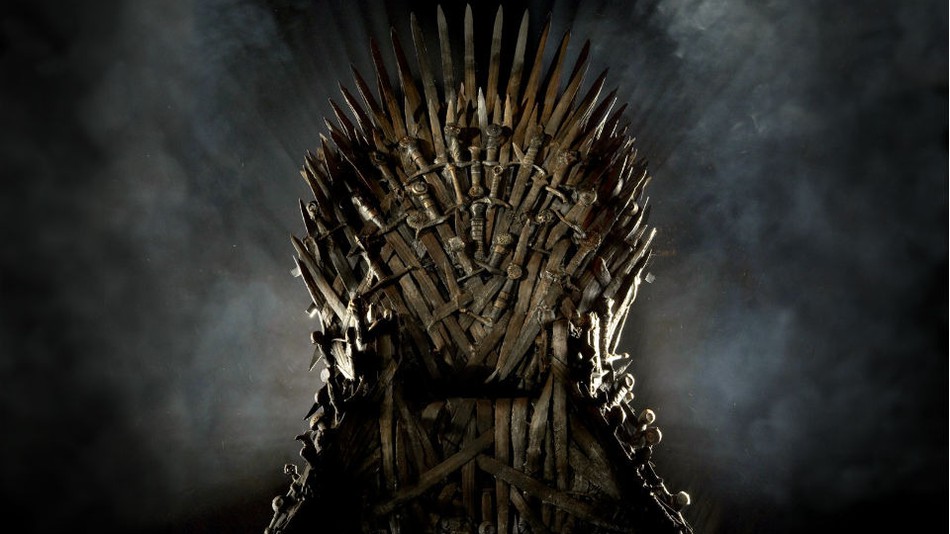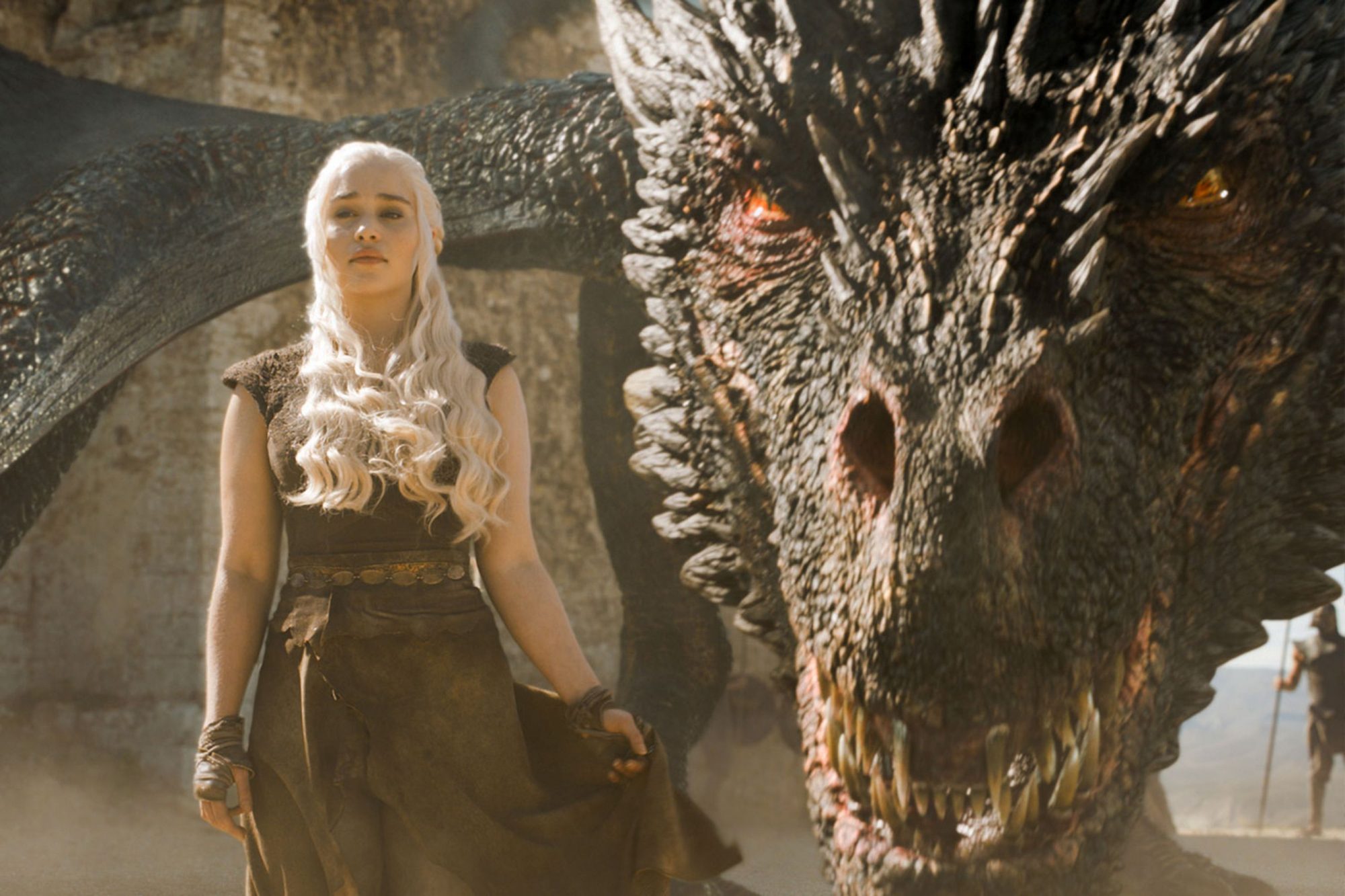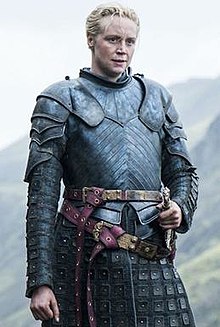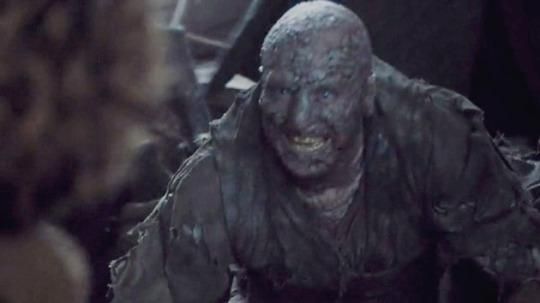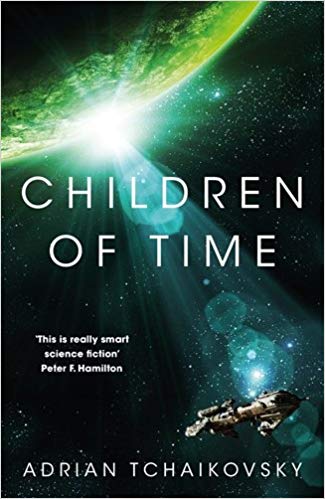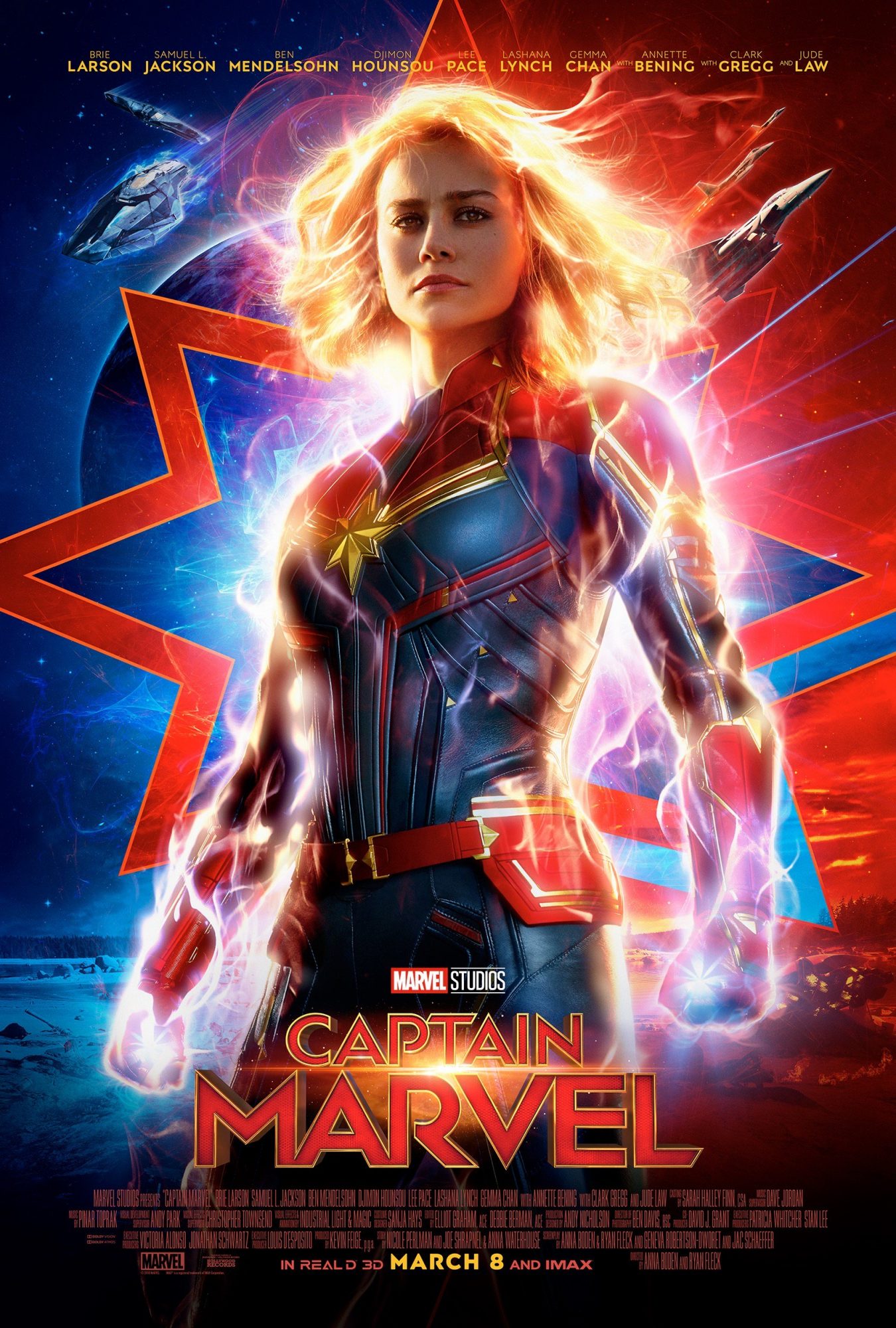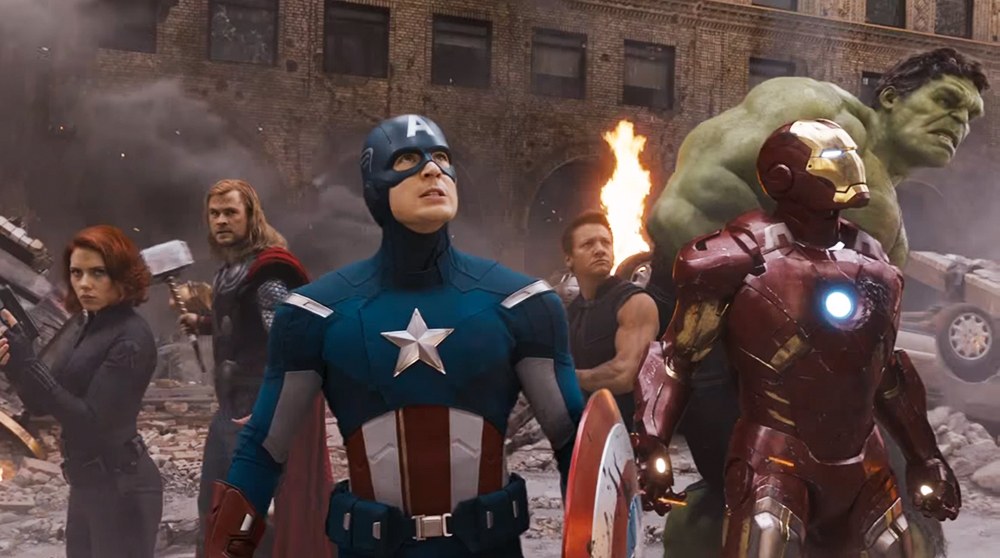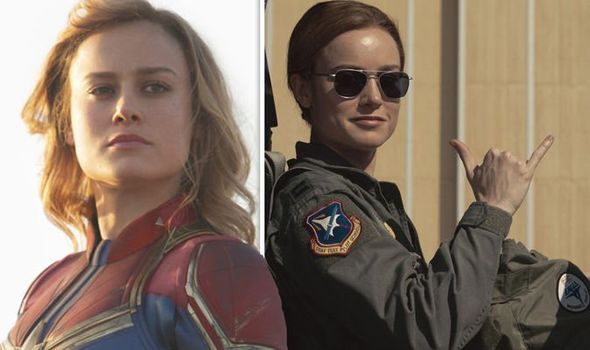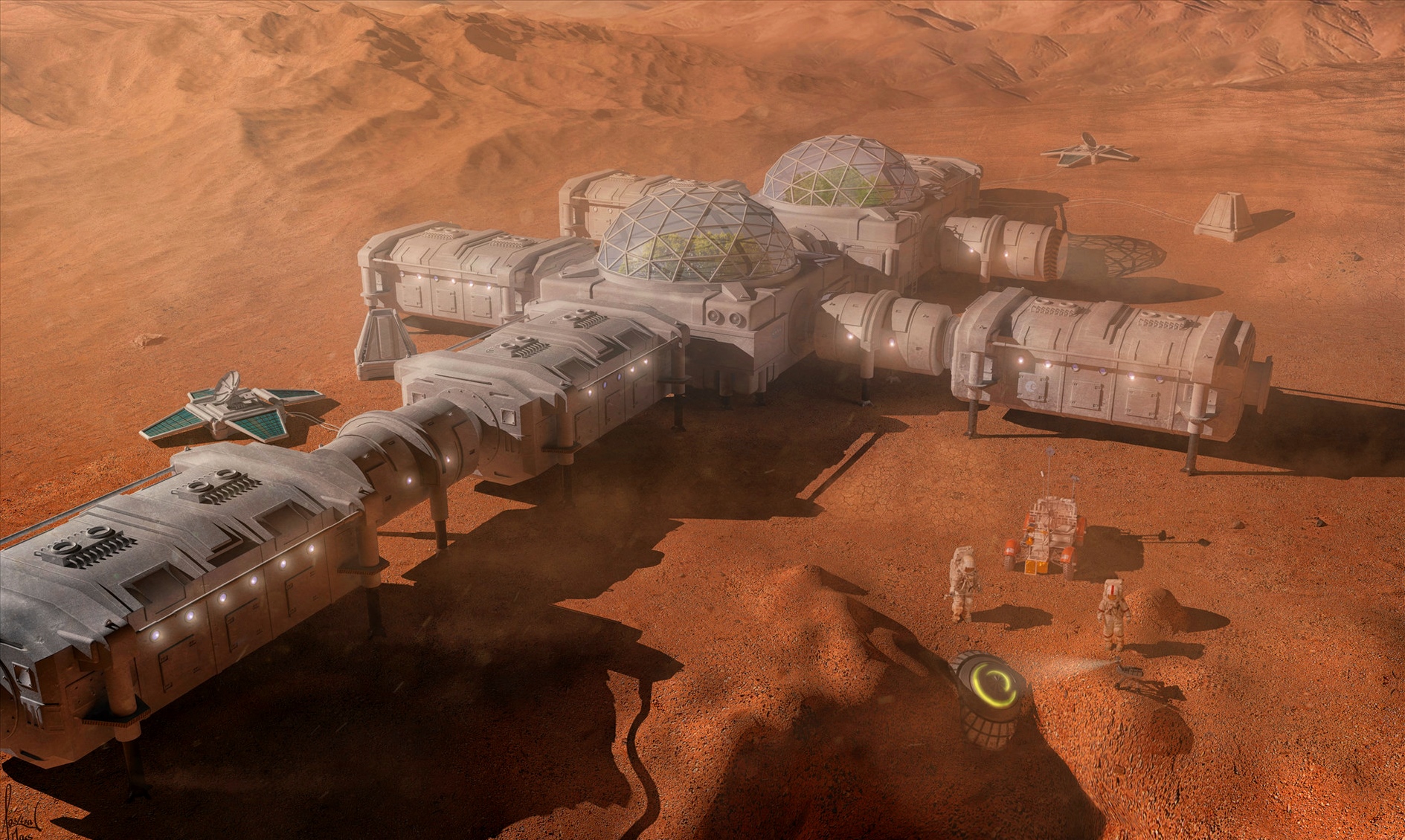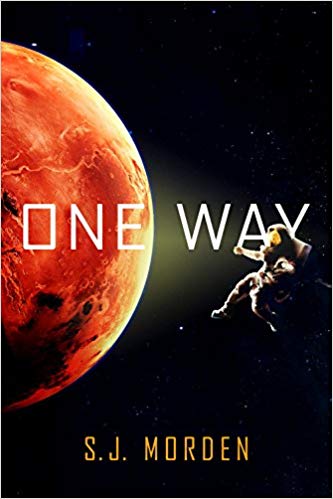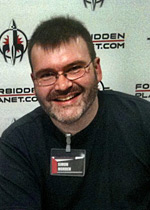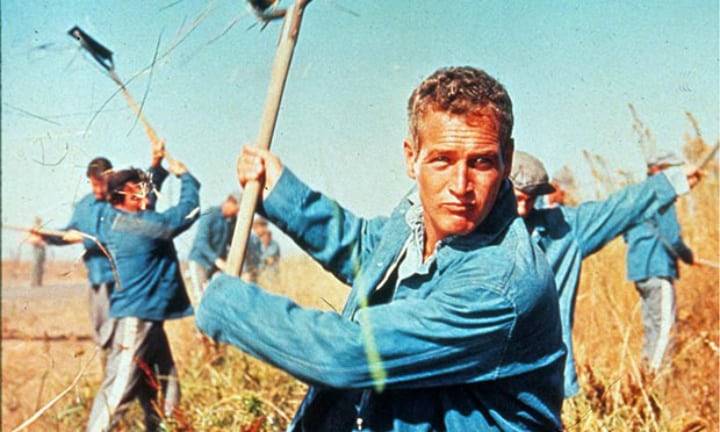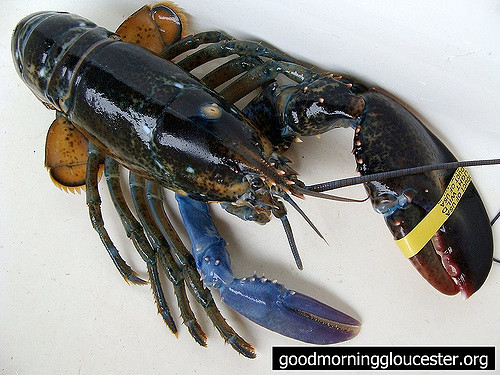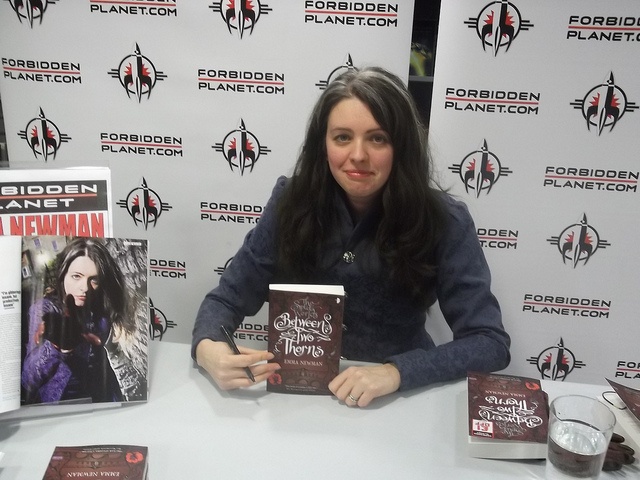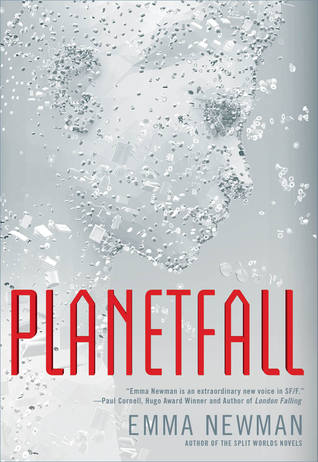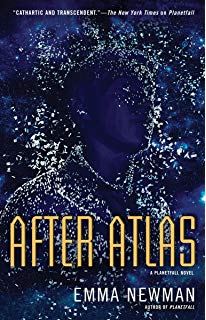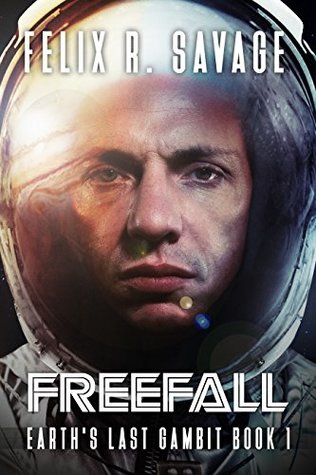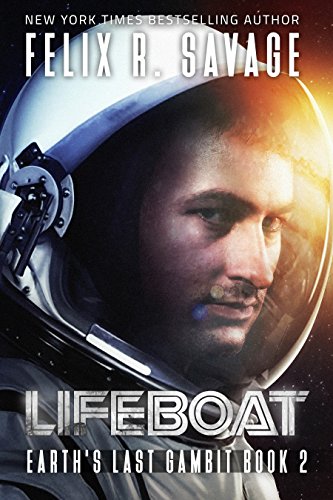Before I begin with my review of ‘Godzilla, King of the Monsters’ I feel I need to make a full disclosure. Godzilla and I are the same age (His premiere was about a month and a half after mine!) , we’ve known each other a very long time, in fact we grew up on different continents together!


O’k, I’ll stop being silly. The plain fact is however that I have seen every Godzilla movie, as a kid I spent many a Saturday afternoon watching monster movies and one of my favourite childhood memories is that of dragging my father to the movie theater to see ‘King Kong versus Godzilla’ back in 1962. So I guess you’d have to say that I’m predisposed to giving a good review to any movie starring Godzilla and his ‘friends’. Hey, just giving you a warning.

Now the plot of ‘Godzilla, King of the Monsters, that is the story that the human actors are involved in is both convoluted and quite frankly, silly. That’s to be expected, you don’t go to a Godzilla movie to see a well-developed story and good acting, you go to watch the monsters stomp on things and fight each other!
Anyway according to the story it seems that for the last 60 years a secret organization called Monarch has been keeping several dozen ‘titans’ captive. (Why they’re called titans in the movie while the movie’s title explicitly says monsters is never explained!) The only titan not contained by Monarch as the movie begins is Godzilla himself. Anyway the government says the monsters, excuse me, titans are dangerous and should be destroyed.
However there are also those who say it is humanity that is dangerous. We are destroying this planet with our pollution and greenhouse gasses and the titans are Earth’s way of restoring the balance. They want the titan’s released so that they can do their job, what exactly that job is however, is never really explained.
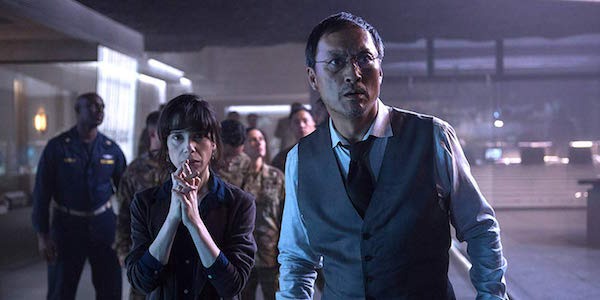
The action of the movie starts when a group of eco-terrorists, with some help from inside Monarch, succeed in stealing a device that allows them to control the titans and they proceed to start to releasing them but something goes wrong. (How could anything go wrong? They’re just releasing dozens of monsters hundreds of meters tall all over the World! Nothing dangerous in that.)
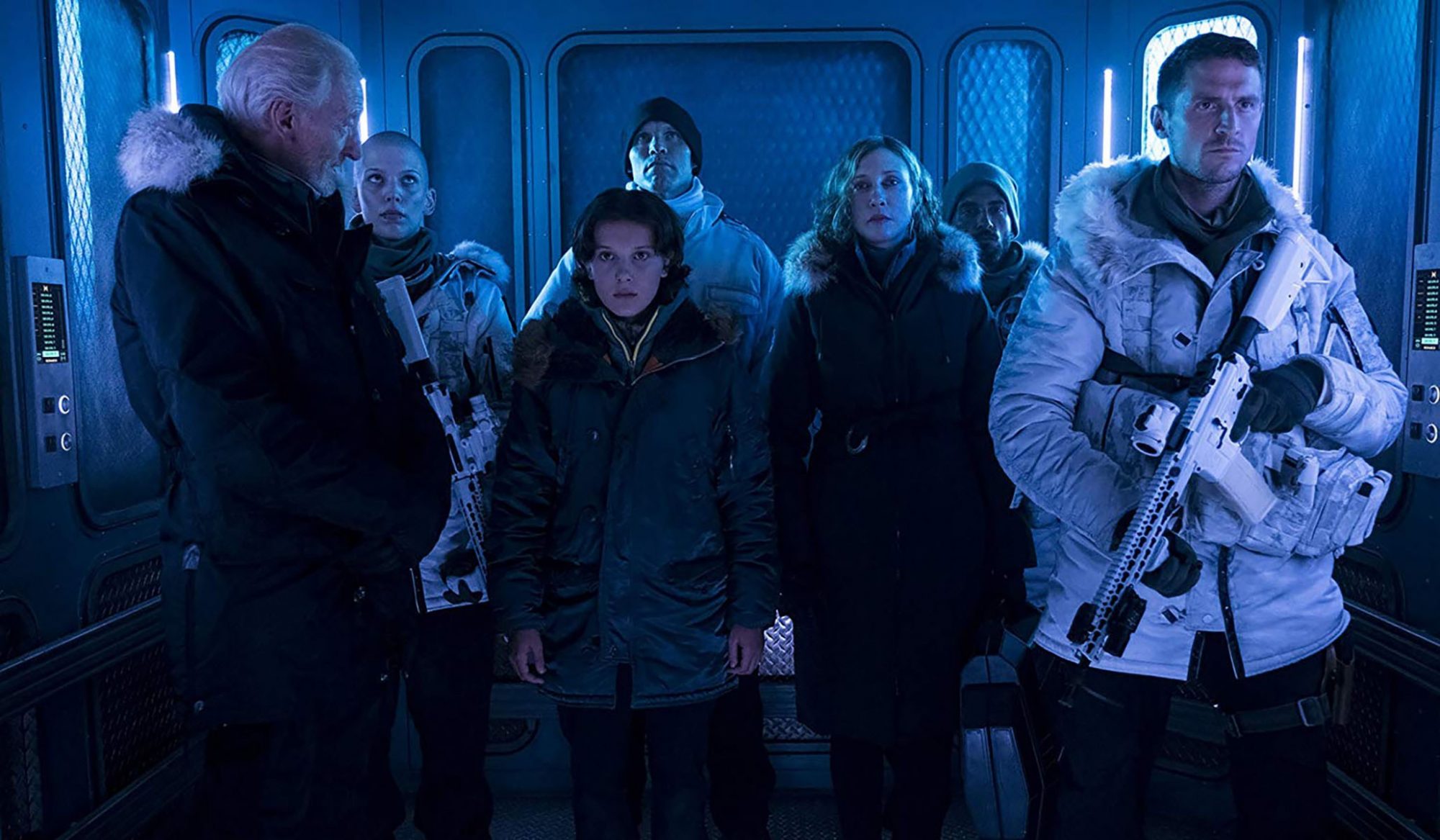
As I said, you don’t go to a Godzilla movie to see what the humans are doing, you go to watch the monsters fight each other; in particular you go to watch Godzilla fight Ghidorah, the three headed monster. These two monsters have been enemies since 1964 and their enmity for each other hasn’t mellowed with the years. The fights scenes between these two should be the highlights of the movie.
Should be, but it’s precisely here that ‘Godzilla, the King of the Monsters’ disappoints. This movie really needed the absolute best CGI possible in order to make the monsters seem as real as possible. In fact however the CGI in ‘Godzilla, King of the monsters’ is not nearly as good as in the recent ‘Avengers’ or other SF / Fantasy films. A sure sign of this is the way so many scenes are filmed with a bluish hue to them. Studio’s do that in order to cut down on the effort, manpower and computer time, needed to give every different object in a shot it’s own individual colour. Just make everything kinda bluish and it’ll be cheaper!
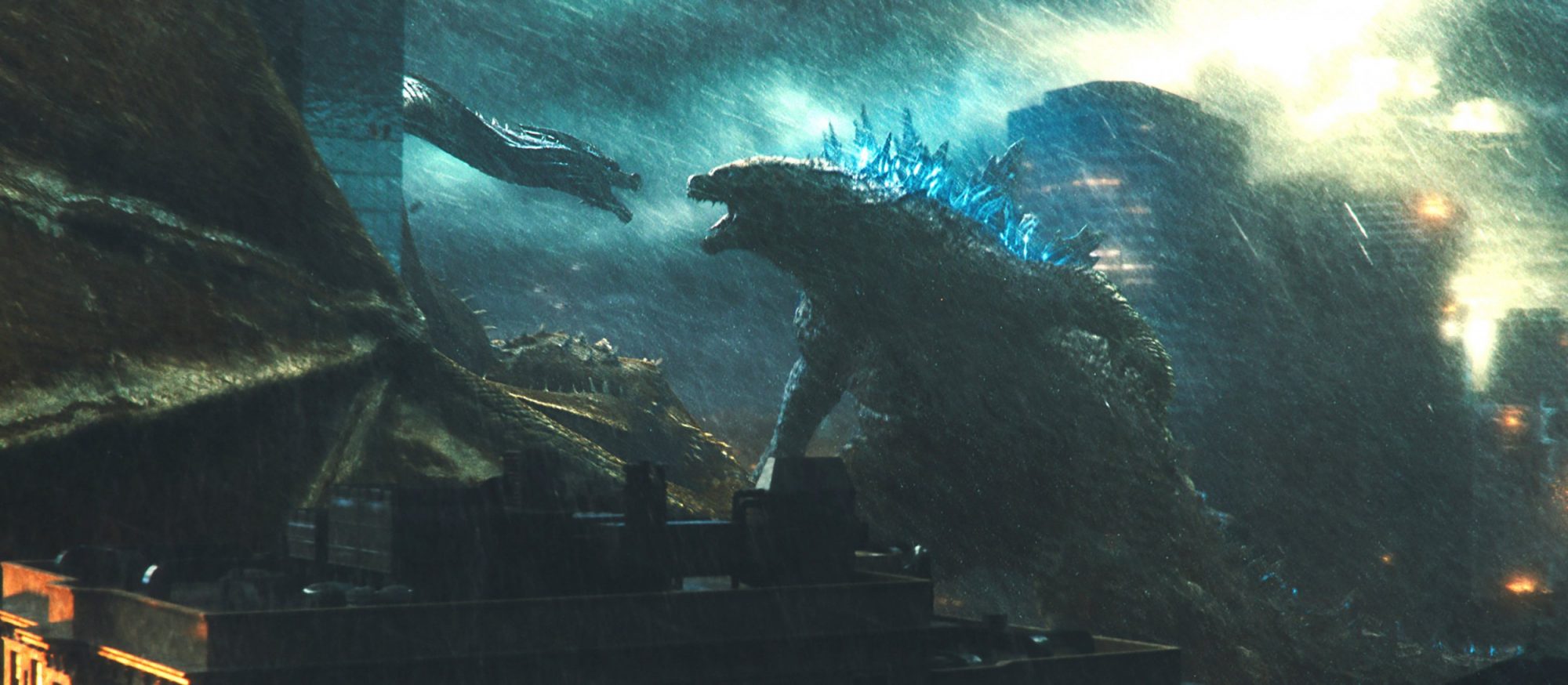
Still in the end Godzilla does get to fight Ghidorah and to make things a little interesting their final battle takes place in Fenway Park, home to the Boston Red Sox and famous for its close but tall left field wall known as the ‘Big green Monster’! I hope I’m not giving the movie’s ending away by pointing out that it is called ‘Godzilla, King of the Monsters’.

The studio behind ‘Godzilla, King of the Monsters’ is Warner Brothers who hope to create a monster universe similar to Disney’s Marvel universe. ‘King of the Monsters is actually the third film in the series after 2014’s ‘Godzilla’ and 2017’s ‘Kong of Skull Island’. The next film is supposed to be ‘Godzilla versus Kong’, scheduled for release in 2020 but I really hope they put a little more effort into that film. I’d hate to come away from seeing that movie thinking that ‘King Kong versus Godzilla’ from my childhood was a better-made film!

